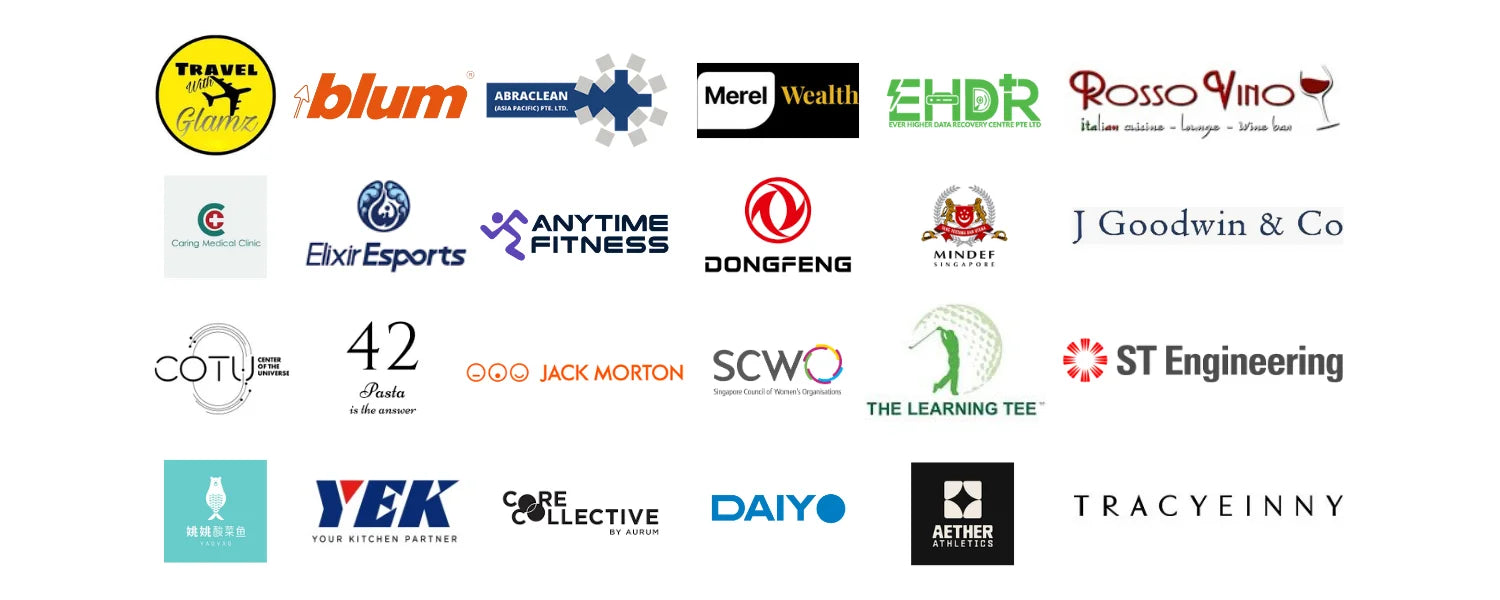Walk down any street in 2025, and you’ll see a familiar sight – people glued to their smartphones. Whether they’re scrolling through social media, checking emails, or navigating with GPS, digital devices dominate our daily interactions. With so much focus on screens, you might wonder if traditional signage still has a place in today’s world. Should businesses abandon physical signs entirely and shift all their marketing efforts online?
Not so fast. While digital platforms are powerful, signage remains a crucial element of brand visibility and customer engagement. A well-designed sign board in Singapore can grab attention in ways that digital ads often can’t. Whether it’s a striking storefront sign or a compelling billboard, physical signage continues to shape customer experiences and reinforce brand presence in the real world.
Why signage still matters
The truth is, signage has never lost its relevance. Even as businesses invest in online advertising, digital marketing, and social media, physical signage plays a vital role in reinforcing brand identity. Here’s why:
1. Instant brand recognition
A well-crafted sign helps customers immediately recognise your business. Think about some of the most famous brands – McDonald’s golden arches, Starbucks’ green mermaid logo, or Nike’s swoosh. These logos, displayed prominently on signage, instantly communicate what the business is about. For local businesses, a professional signboard can make a lasting impression on potential customers walking by.
2. 24/7 marketing tool
Your digital ads may have specific time slots or targeted audiences, but signage works around the clock. Whether it’s day or night, a strategically placed sign continuously advertises your brand. Unlike digital ads that disappear after a campaign ends, physical signage remains a constant, providing long-term value.
3. Establishes credibility and trust
Customers tend to trust businesses with clear, high-quality signage over those without. A professional, well-lit sign shows that your business is legitimate and established. If you’re a small business, investing in strong signage can give you the same level of credibility as larger competitors.
4. Complements digital marketing efforts
Physical signage doesn’t have to compete with digital marketing – it should complement it. A sign can include social media handles, website URLs, or QR codes, bridging the gap between online and offline interactions. Many successful businesses use a mix of physical and digital strategies to maximise their reach.
Types of signage that still work in 2025
Different types of signage serve various purposes, and businesses should choose the right type based on their needs.
- Storefront signs: Your storefront sign is often the first interaction a customer has with your business. A well-designed, easy-to-read sign encourages walk-ins and enhances brand recall.
- Wayfinding signs: These signs help customers navigate spaces, whether in a shopping mall, hospital, or office building. Clear, visible wayfinding signs reduce confusion and improve the customer experience.
- Billboards and outdoor advertising: Even with the rise of digital advertising, billboards remain an effective way to capture attention. Large-format signage, especially in high-traffic areas, ensures your message reaches a broad audience.
- Digital signage: A digital signage company can help businesses incorporate dynamic, eye-catching displays. Digital signage allows for real-time updates, interactive content, and engaging visuals that traditional signs cannot provide. Many businesses use digital signage to showcase promotions, menus, or advertisements in an engaging way.
How to maximise the impact of your signage
To ensure that your signage remains effective, consider the following tips:
1. Keep it simple and readable: Avoid overcrowding your signage with too much information. The best signs are clear, concise, and easy to read from a distance.
2. Choose the right colours and fonts: Colours and fonts play a huge role in readability and brand association. Stick to colours that reflect your brand identity and ensure the text contrasts well with the background.
3. Placement matters: Where you place your sign can make all the difference. Make sure it’s in a location with high visibility, avoiding obstructions like trees or other structures.
4. Invest in quality materials: Cheap, poorly made signage deteriorates quickly and can give a bad impression. Investing in durable, high-quality materials ensures longevity and maintains a professional appearance.
5. Measure ROI on your digital signage investment: Tracking the effectiveness of your signage, whether digital or traditional, helps you understand what works and what doesn’t. By taking a data-driven approach, you can measure ROI on your digital signage investment and make informed decisions. Adjusting your signage strategy based on performance data ensures long-term success.
The future of signage in a digital world
While digital marketing continues to evolve, signage will always be an essential part of branding and customer engagement. As technology advances, businesses can blend physical and digital signage to create more immersive experiences. From interactive touchscreens to augmented reality signage, the future holds exciting possibilities for how businesses can attract and engage customers.
Conclusion
Even in today’s digital world, signage remains an irreplaceable tool for businesses. Whether it’s a traditional signboard or a high-tech display from a digital signage company, the right signage can enhance brand visibility, build trust, and drive customer engagement.
Looking for high-quality signage that makes a lasting impression? Apex Signages is a complete signage design company with a full suite of services, from signage design to installation and maintenance. Reach out to us today for more information.







